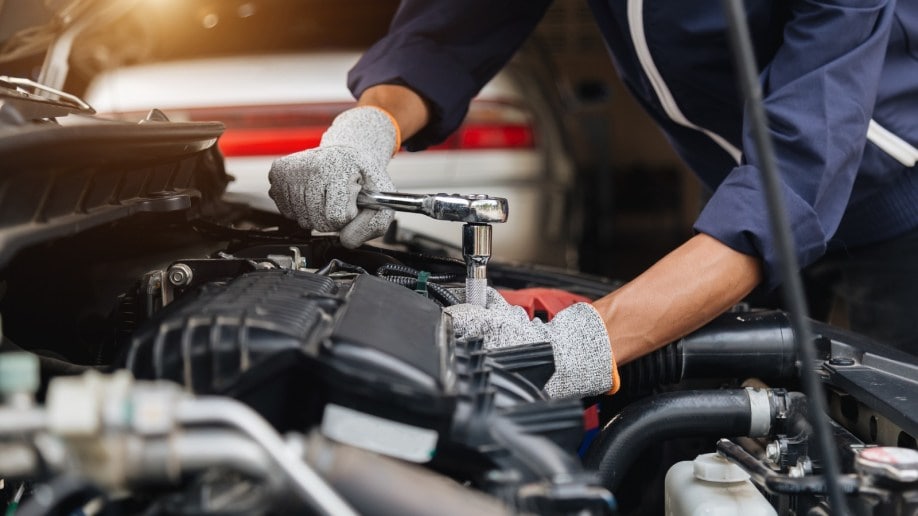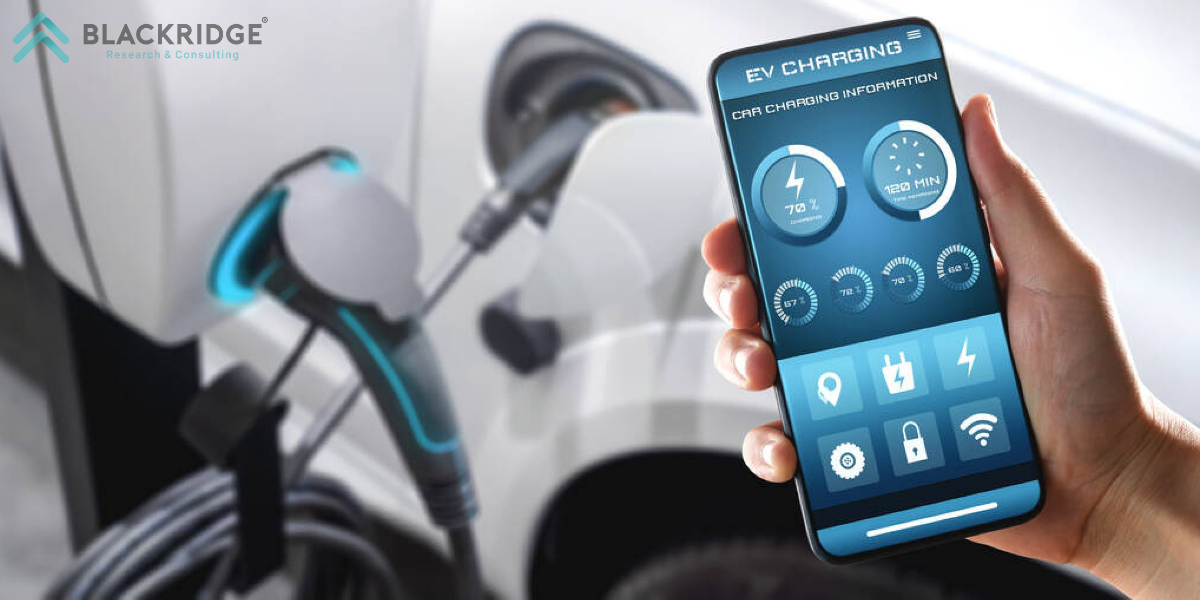Maximizing Performance: 3 Tips for Car Electrical Repairs
Maximizing performance in car electrical repairs can be achieved with these three tips. With careful attention to detail, regular maintenance, and proper troubleshooting techniques, you can enhance the functionality and longevity of your vehicle’s electrical system.
As a car owner, it’s essential to understand that maintaining and repairing the electrical components of your vehicle is crucial for optimal performance. Whether it’s a dead battery, malfunctioning lights, or faulty wiring, neglecting these issues can lead to major breakdowns or even accidents.
To maximize performance and ensure the smooth functioning of your car’s electrical system, you should implement the following tips: Firstly, pay close attention to any warning signs that indicate potential electrical problems, such as dimming lights or unusual sounds. Regularly inspect and clean battery terminals, ensuring proper connections. Secondly, keeping up with routine maintenance, such as regular battery checks and inspections, can help identify any potential issues before they become major problems. Lastly, use proper troubleshooting techniques, such as checking fuses, testing circuits, and using a multimeter, to pinpoint and resolve electrical faults. By following these tips, you can avoid costly repairs and maximize the performance of your car’s electrical system, ensuring a safe and reliable driving experience.
Choosing The Right Tools
Choosing the right tools is crucial when it comes to maximizing performance and efficiency in car electrical repairs. Quality tools can make a significant difference in getting the job done correctly and efficiently. Investing in the right tools upfront can save you time, frustration, and money in the long run. Here are three essential tools you need for car electrical repairs:
Essential Tools For Car Electrical Repairs
When it comes to car electrical repairs, having the right tools at your disposal is essential. Here are the three must-have tools:
- A multimeter: A multimeter is an indispensable tool for any car electrical repair. It allows you to measure voltage, current, and resistance, helping you diagnose and troubleshoot electrical problems effectively.
- Wire strippers: Wire strippers are essential for any wiring work. They allow you to cleanly and accurately strip the outer insulation of wires, ensuring proper connections and reducing the risk of short circuits.
- Electrical connectors: Having a variety of electrical connectors in your toolbox is important for repairing or replacing damaged wires. Connectors ensure secure connections, reducing the chances of loose or faulty connections.
Investing In Quality Tools
While it may be tempting to opt for cheaper tools, investing in quality tools is a wise decision in the long run. High-quality tools offer better durability, accuracy, and reliability, ensuring efficient and precise repairs. Here’s why investing in quality tools is essential:
- Efficiency: Quality tools are designed to perform better and offer superior functionality. They allow you to work more efficiently, saving you time and effort.
- Durability: Quality tools are made from robust materials and built to withstand the rigors of car electrical repairs. They will last longer and provide consistent performance over time.
- Accuracy: Cheap tools often lack precision and accuracy, leading to improper diagnoses and repairs. High-quality tools provide more accurate readings and measurements, helping you pinpoint electrical issues more effectively.
- Reliability: When dealing with car electrical repairs, reliability is crucial. Quality tools ensure consistent performance, minimizing the risk of unreliable readings or faulty connections.

Credit: www.kbb.com
Understanding Electrical Systems
Learn how to enhance car electrical system performance with these 3 expert tips for effective repairs. Boost your vehicle’s efficiency by incorporating these strategies and optimizing its electrical functions. Mastering these techniques can lead to improved overall driving experience and longevity of your car’s electrical components.
Car electrical systems can be complex, but having a basic understanding of how they work can help you identify and resolve common issues. Whether it’s a faulty battery, malfunctioning alternator, or a blown fuse, being able to pinpoint the problem is crucial for maximizing your car’s performance. In this article, we’ll explore the basics of car electrical systems and provide you with three essential tips for effectively troubleshooting and repairing electrical issues to keep your car running smoothly. Let’s dive in!Basics Of Car Electrical Systems
Understanding the basics of car electrical systems is the first step towards successful repairs. Here are the key components you need to know: 1. Battery: The battery is the heart of the electrical system, providing the necessary power to start the engine and run electrical accessories. It stores electricity and supplies it to the starter motor, ignition system, and other electrical components when needed. 2. Alternator: The alternator is responsible for generating electricity while the engine is running. It charges the battery and powers the electrical systems when the vehicle is operating, ensuring a continuous power supply throughout your drive. 3. Starter Motor: The starter motor is crucial for initiating the engine’s combustion process. It engages with the flywheel and uses electrical power from the battery to crank the engine until it fires up. 4. Fuses: Fuses protect the electrical system by preventing excessive current flow. They act as safety devices, breaking the circuit when a high current or electrical fault is detected. Fuses can blow due to electrical overload or short circuits, indicating a problem that needs to be addressed.Identifying Common Issues
To effectively address car electrical issues, you must be able to identify common problems that may arise. Here are some key signs of potential failures: 1. Dim Lights: If your headlights or interior lights are fading or dimming, it could indicate a weak battery, a faulty alternator, or a loose connection in the electrical circuit. 2. Starter Problems: If you hear a clicking sound when turning the ignition key or experience difficulty starting the engine, the starter motor may be the culprit. It might be worn out or have a faulty solenoid. 3. Non-Functioning Accessories: If your power windows, air conditioning, or radio suddenly stop working, it could be due to a blown fuse or a wiring issue. Checking the fuses and inspecting the wiring connections can help identify the source of the problem. By understanding these common issues, you’ll be better equipped to diagnose and resolve electrical problems in your car. Stay tuned for our next section, where we’ll provide you with practical tips to effectively troubleshoot and repair car electrical issues.Safety Precautions
Safety Precautions:
Importance Of Safety Gear
Always wear appropriate safety gear when conducting car electrical repairs.
Protective gloves and safety goggles can prevent injuries from electric shock.
Investing in quality gear ensures your safety during the repair process.
Preventing Electrical Accidents
Inspect wiring for signs of wear before beginning any repair work.
Turn off the car’s battery and disconnect the power source to avoid accidents.
By following proper safety procedures, you can minimize the risk of electric shocks.

Credit: www.blackridgeresearch.com
Testing And Troubleshooting
When it comes to car electrical repairs, testing and troubleshooting are essential steps in identifying and resolving issues. By efficiently using multimeters and following a step-by-step troubleshooting process, you can easily diagnose and fix electrical problems in your vehicle. In this section, we will explore these two key aspects in car electrical repairs and provide valuable insights to help you maximize the performance of your vehicle.
Using Multimeters Effectively
Multimeters are indispensable tools for testing the electrical systems in your car. They allow you to measure voltage, current, and resistance, providing crucial data for diagnosing electrical issues. To effectively use a multimeter, follow these steps:
- Switch the multimeter to the appropriate setting for the parameter you want to measure (voltage, current, or resistance).
- Connect the multimeter’s probes to the corresponding electrical components in your car.
- Read and record the measurements displayed on the multimeter’s screen.
Step-by-step Troubleshooting Process
Effective troubleshooting requires a systematic approach to identify and resolve electrical issues in your car. Follow this step-by-step process to ensure a thorough diagnosis:
- Inspect the electrical components for visible damage or loose connections.
- Use a multimeter to test the voltage, current, and resistance at key points in the electrical system.
- Compare the measured values with the specifications provided by the manufacturer to identify deviations.
- Isolate the faulty component by systematically testing and analyzing each segment of the electrical circuit.
- Replace or repair the faulty component to restore the proper functioning of the electrical system.
Seeking Professional Help
Seeking professional help for car electrical repairs is crucial in ensuring the safety and performance of your vehicle. With the complex nature of vehicle electrical systems, it’s important to know when to turn to a professional for assistance.
Knowing When To Seek A Professional
When electrical issues arise in your car, it’s essential to assess the severity of the problem. If you encounter complex or recurrent electrical problems, it’s best to seek professional help to avoid further complications.
Questions To Ask Potential Repair Technicians
- What certifications and training do you have in car electrical repairs?
- Can you provide references from previous clients with similar electrical issues?
- Do you use specialized diagnostic equipment to identify electrical problems?
- What is your approach to identifying and repairing electrical faults in vehicles?

Credit: www.ford.com
Frequently Asked Questions For Maximizing Performance: 3 Tips For Car Electrical Repairs
How Can I Improve My Car Performance?
To improve your car performance, follow these steps: 1. Regularly maintain and service your car to ensure it runs smoothly. 2. Upgrade to high-performance tires for better grip and handling. 3. Install a cold air intake system for improved engine performance.
4. Use high-quality fuel and consider using a performance chip or programmer. 5. Optimize your car’s weight by removing unnecessary items and adding lightweight parts.
What Modifications Make A Car Faster?
To make a car faster, you can modify the engine by adding turbochargers or superchargers, upgrading the fuel system, changing the exhaust system, optimizing the ignition system, and reducing weight by removing unnecessary components. These modifications improve power and efficiency, enhancing the car’s speed.
What Can I Put In My Car To Make It Run Better?
To improve car performance, use high-quality fuel, maintain proper tire pressure, change oil regularly, and keep air filters clean.
How Can I Extend My Car’s Lifespan?
To extend your car’s lifespan, regularly change fluids, perform scheduled maintenance, drive gently, avoid aggressive acceleration and braking, keep tires properly inflated.
Conclusion
Taking care of your car’s electrical system is crucial for optimal performance. By following these three tips for car electrical repairs, you can ensure a smooth and safe driving experience. Remember to regularly check and maintain your vehicle’s electrical components to avoid any potential issues.
Your car will thank you!

